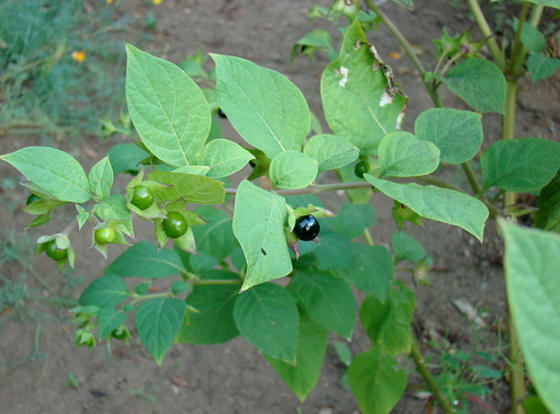GETTING
CONVICTED: THE PENALTY BOX
The penalty laws of
most states and countries are built on a series of legislative acts that
happened over a long period of time, and thus, they are complicated and not easily summarized. Possession
of modest amounts of marijuana can
result in a slap on the wrist in some places and serious jail time in others.
The same is true for other drugs, although they are usually taken more seriously, even in very small
amounts. Often the prosecuting
attorney has some leeway about the level of crime with which to charge an individual. The problem is that
it is difficult to be sure of (1) the
latest changes in the law, (2) the attitude that the prosecutor is taking toward drug crimes, and (3) whether
that individual will be charged under
state or federal statutes. Thus, conviction for the possession of a small, recreational amount of heroin or
cocaine could result in either a
modest sentence or a huge fine and a long prison term, depend‑
ing on the exact circumstances and the mood of the
legal officials overseeing the case.
It is important to recall that in some states and
in the federal system there is structured, or guideline, sentencing. That means
that once an individual is convicted
of some drug crimes, the sentence is regulated by law and might not be alterable by the judge no
matter what the circumstances.
Coupled with the fact that there is no parole in the federal system (and
increasingly in the state systems), a conviction can mean long prison time, even if the prosecutor and judge wish it were
otherwise.
Here's an example of how things can go terribly
wrong as a consequence of alcohol, a
prescription drug, and harsh laws. One of us (WW) testifies as an expert in legal cases, and a recent
one illustrates how the law, the
prosecutor, and the courts can interact to ruin the life of an individual. A
man was at a party with his neighbors outside of his home. He consumed a modest amount of alcohol throughout the
evening, but at some point he decided
to go to bed and took his nightly medicine, which included the sleeping pill zolpidem (generic for
Ambien). Before going to bed, he came
back to the party but soon appeared intoxicated. He then prepared for bed and went to sleep. Shortly
thereafter, he awoke and came out of the house without his shoes, false teeth,
or hearing aid, clearly having just
awakened. But he had a gun, which he had retrieved from his bedside where he kept it. He fired twice as he
yelled an obscenity to the individuals
at the party. No one was hurt. The police were called, and he was arrested.
The man was charged
with aggravated assault, and everyone thought he was intoxicated with alcohol. In the law of most states, that is
considered "voluntary
intoxication" and thus is not a defense against any charges. His defense team argued that he was not
intoxicated with alcohol, but with his prescribed zolpidem, which is known to
produce odd behaviors such as sleep driving, sleep sex, sleep shopping, sleep
eating, and so forth. If it were the
zolpidem, that would be "involuntary intoxication," and that is a defense against such charges.
The jury heard the case and decided that he was
intoxicated by alcohol and was
therefore guilty. Now, here is where the disaster occurred. In that state, commission of many crimes (such as
aggravated assault) with a gun is a mandatory ten-year sentence.
If the gun is fired, the mandatory sentence
is twenty years. In this case the prosecutor chose to charge the man for each of the six people present at the party,
and the law requires that the mandatory sentences apply to each charge and be
served consecutively. This means the
man (who has not been sentenced at this
writing)
must, by law, be
sentenced to 120 years in prison. The judge
has no discretion in this case.
This is a terrible example of the interaction of
intoxication, harsh laws, vigorous
prosecution, and finally, the presence of a gun where a sleepy, intoxicated person could access it and fire it.
This man had no history of behavior
like this and was a decorated soldier. It is very likely that the zolpidem produced the bizarre behavior, but the
prosecutor and jury did not see it that
way.
The lesson from this is that if a person chooses to
intoxicate himself and then commits a
crime, that intoxication is usually not a defense against any crime he committed, no matter how
impaired he was at the time of the
crime.


